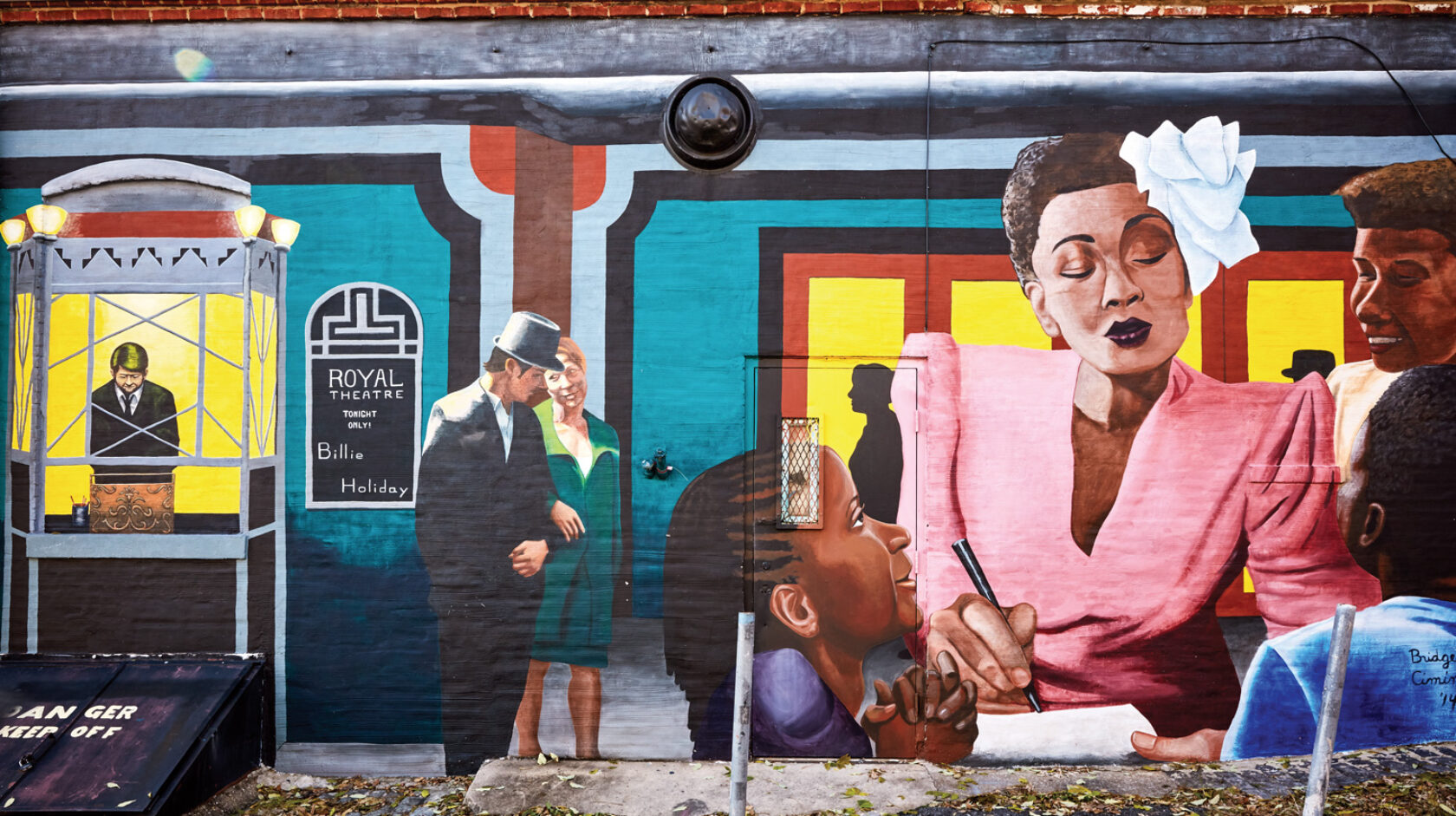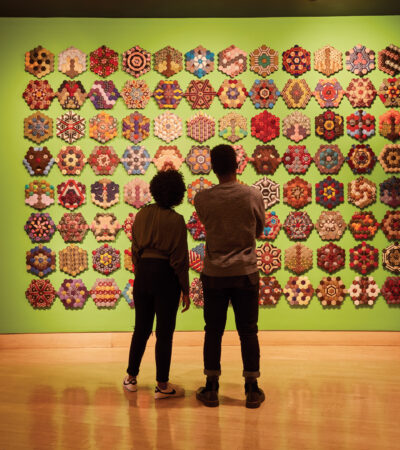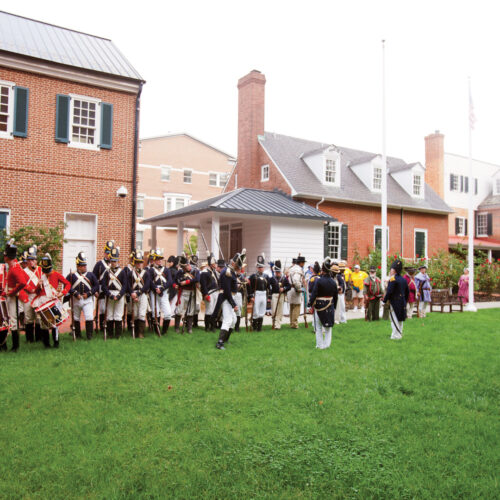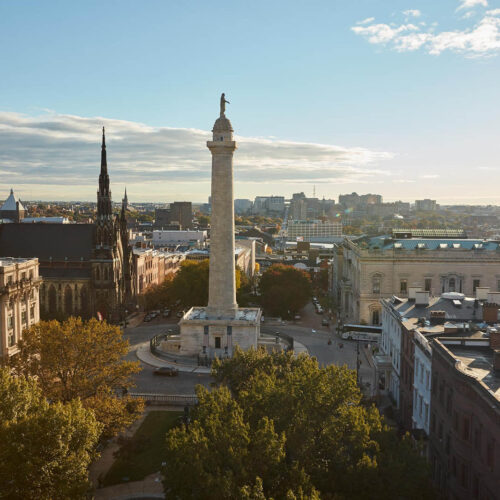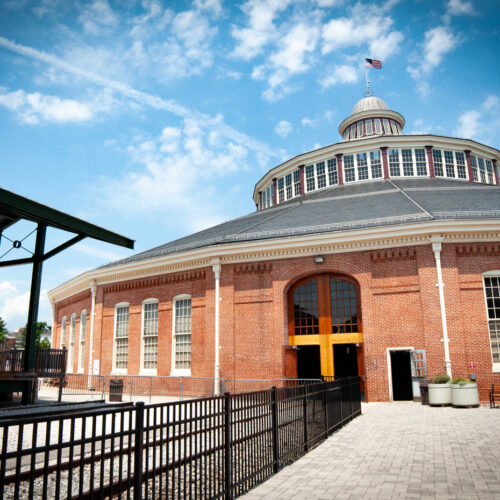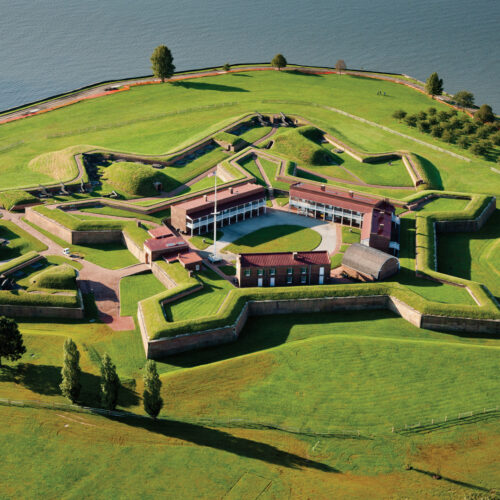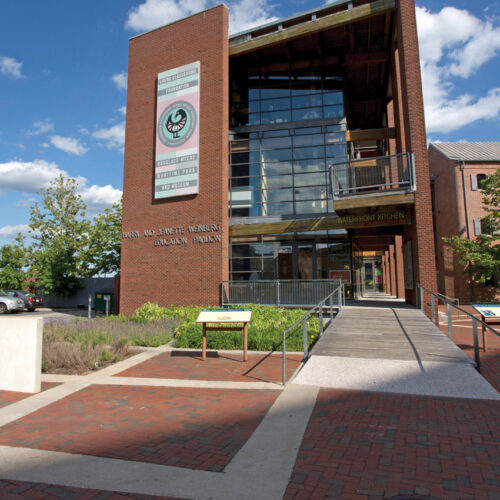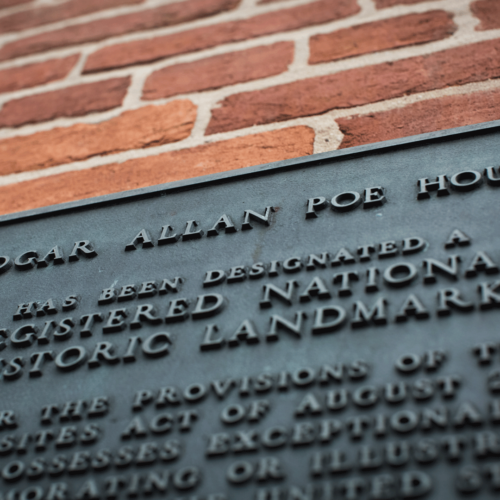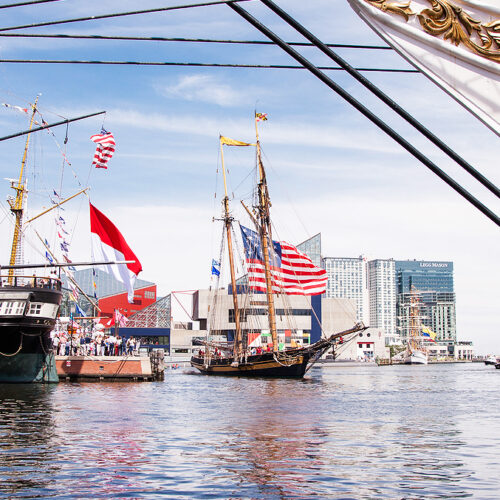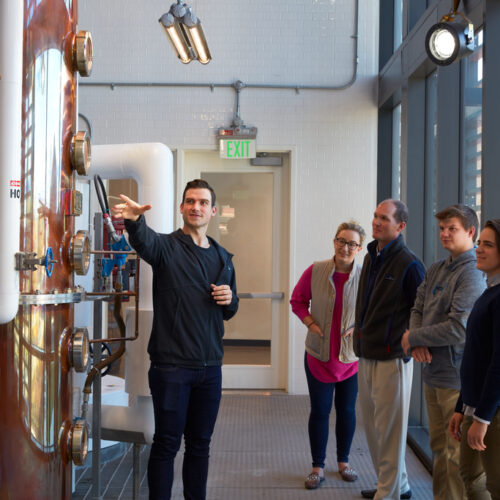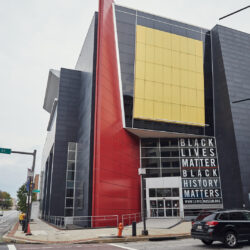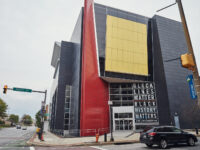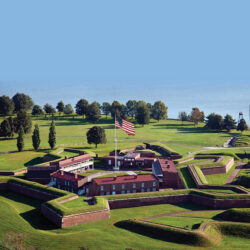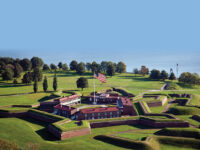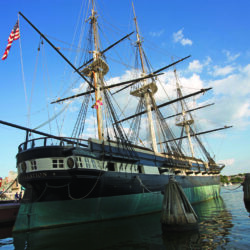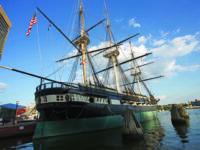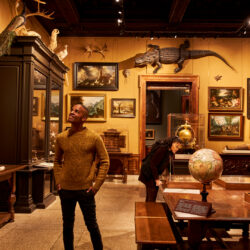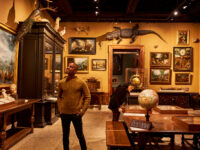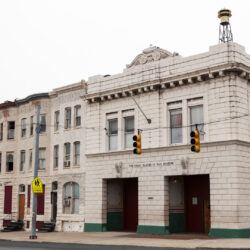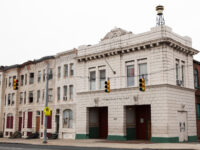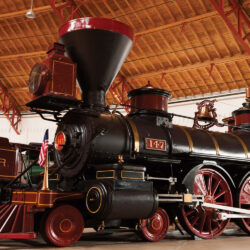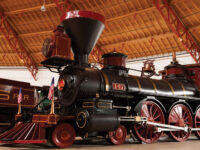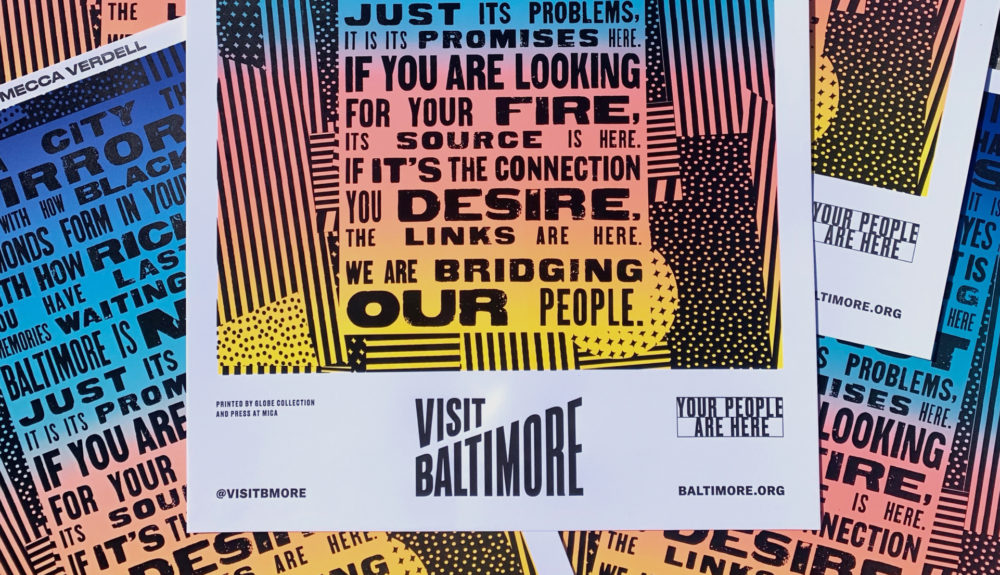Experience African American History in Baltimore
Visit the museums and learn about the people who keep Baltimore's African American history and heritage alive.
It’s impossible to tell Baltimore’s—and by extension, America’s—story without recognizing the enduring, culture-shifting impacts of the city’s African American legends and trailblazers. Their history is one defined by resilience, resistance, innovation and creativity, and it lives on in every corner of Charm City.
Keep reading for a brief introduction to Baltimore’s Black history, but don’t stop there; dive deeper and learn about the famous figures who once called Baltimore home at our museums and monuments dedicated to telling African American stories.
Immerse Yourself in Baltimore's Black History
1820-1900: Abolition & the Underground Railroad
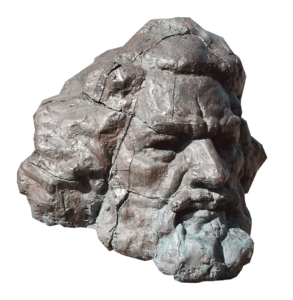 Revolutionary author and abolitionist Frederick Douglass was born a slave in Maryland in 1818 and sent to Baltimore as a young boy to live with Hugh and Sophia Auld and care for their son, Thomas. It was there that Douglass learned to read, first in lessons with Sophia and later through secret self-studies. Later in life, Hugh hired out Douglass to the Fell’s Point shipyards, which allowed him to earn some money.
Revolutionary author and abolitionist Frederick Douglass was born a slave in Maryland in 1818 and sent to Baltimore as a young boy to live with Hugh and Sophia Auld and care for their son, Thomas. It was there that Douglass learned to read, first in lessons with Sophia and later through secret self-studies. Later in life, Hugh hired out Douglass to the Fell’s Point shipyards, which allowed him to earn some money.
While working in Baltimore, Douglass met his future wife, Anna Murray, who helped him escape to the north. Just three years before his death, Douglass returned to Baltimore as a prosperous free man and built five houses on Strawberry Alley that he named Douglass Place (today known as Dallas Street). The houses still stand today and there is a plaque outside with some information about Douglass. You can also learn more about his life and legacy at the Frederick Douglass-Isaac Myers Maritime Park Museum.
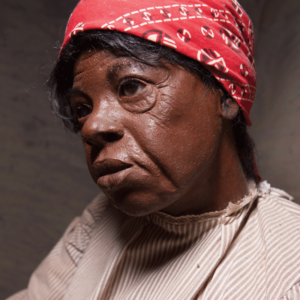
A wax sculpture of Harriet Tubman is displayed in the National Great Blacks in Wax Museum.
While Frederick Douglass was meeting with Abraham Lincoln and advocating for an end to slavery, another Marylander was leading enslaved individuals to freedom via the Underground Railroad and providing valuable intelligence to the Union Army. Harriet Tubman was born into slavery in Dorchester County, Maryland in 1820. She landed in Baltimore in 1850 after helping her sister and children escape to freedom via the Underground Railroad—the first of thirteen dangerous forays into Maryland that facilitated the escape of about 70 enslaved individuals. One such story is memorialized at Pier 4 outside the National Aquarium, where Tubman helped a woman named Tilly. There are also signs honoring Tubman in a section of Wyman Park Dell near the Baltimore Museum of Art that was renamed Harriet Tubman Grove.
You can learn more about the role Baltimore played in the Underground Railroad and the stories of those who took the journey at the B&O Railroad Museum, an official Network to Freedom Site.
1920-1940: The Jazz Age
Baltimore’s jazz history is as old as the genre itself. The city greatly contributed to the development of East Coast ragtime, thanks largely to pianist and composer Eubie Blake, who was born in Baltimore in 1887. Blake’s musical training began when he was young, but his big break came when boxer Joe Gans hired him to play the piano at Baltimore’s Goldfield Hotel.
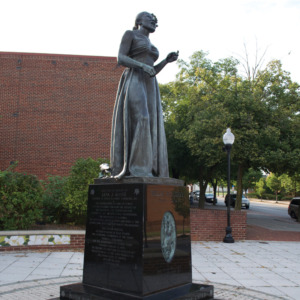
Notable entertainers like Billie Holiday frequented the Pennsylvania Avenue neighborhood of Baltimore.
Another jazz performer and cultural icon, Billie Holiday, spent her early years in Baltimore. A bronze statue, complete with her signature gardenia, stands more than eight feet tall on Pennsylvania Avenue in West Baltimore. Murals and portraits of Holiday can be found throughout her childhood neighborhood of Upper Fell’s Point and at Pennsylvania and North Avenues.
Both Blake and Holiday and regularly returned to Baltimore perform at legendary venues like the Royal Theatre on Pennsylvania Avenue, which was once one of Charm City’s major entertainment hubs. In addition to hometown stars Holiday and Blake, the Royal Theatre’s stage was graced by African American musical icons Duke Ellington, Ella Fitzgerald, Etta James, Louis Armstrong and more. Though the theater was demolished, a replica of the marquee still stands in its place. A few blocks down the street is The Avenue Bakery, which is known for its delicious rolls, but also serves as a museum filled with memorabilia, photos and murals celebrating Pennsylvania Avenue’s history.
Other Baltimore-born jazz icons include singer Cab Calloway, drummer Chick Webb and Ethel Ennis, Baltimore’s “First Lady of Jazz.” Their legacy lives on in Baltimore’s still-thriving jazz scene, pushed forward by clubs such as Keystone Korner, Cat’s Eye Pub, Next Phaze Café and Teavolve Café.
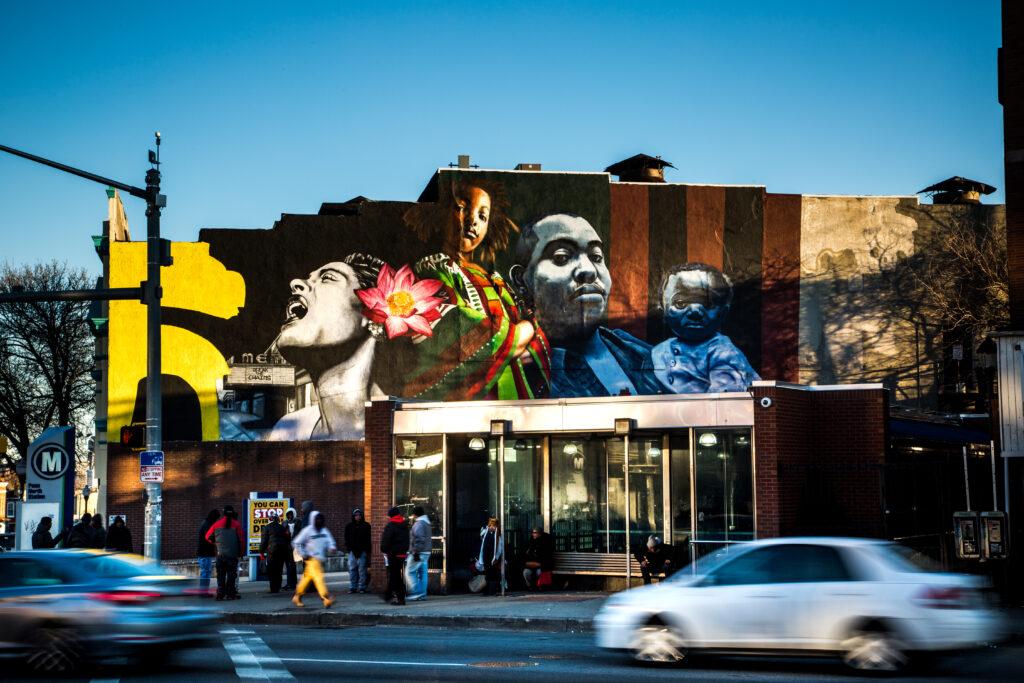
“Sankofa” by Ernest Shaw Jr. features Billie Holiday and Ta-Nehisi Coates on the side of the Arch Social Club.
1940-1970: The Civil Rights Movement
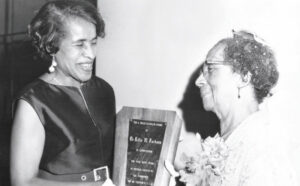
Dr. Lillie Carrol May Jackson, right, receives an award for her civil rights work.
As a populous city in the middle of the East Coast, Baltimore played a pivotal role in advancing civil rights and justice for African Americans, with its residents often at the forefront of protests. In 1931, sisters Juanita and Virginia Jackson organized the City-Wide Young People’s Forum, which advocated for the end of discriminatory policies. Their mother, Lillie May Carroll Jackson was also a civil rights activist who grew the Baltimore branch of the NAACP into the largest in America. You can learn more about Jackson’s impact at the free Lillie Carroll Jackson Civil Rights Museum.
As an activist, Jackson often worked with Thurgood Marshall, a Baltimore-born civil rights attorney who became the first African American Supreme Court Justice. He played an integral role in the Civil Rights Movement, representing Linda Brown in the landmark Brown v. Board of Education case before the Supreme Court. After the decision, Baltimore was the first southern city to integrate its schools. A statue honors Baltimore’s native son and great American lawyer at the U.S. District Courthouse downtown on Pratt Street, and a marker at 1632 Division Street marks the site of the house where he grew up. Baltimore/Washington International Airport was named in Marshall’s honor and features a tribute to him in Concourse C with a timeline of his life and accomplishments.
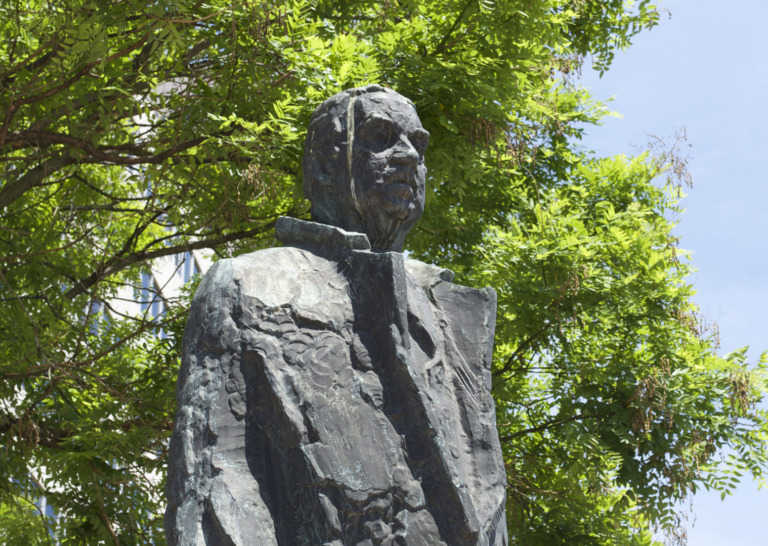
This statue of Thurgood Marshall stands outside of the U.S. Courthouse on Pratt Street.
Also from Baltimore is Elijah E. Cummings, who served in the United States House of Representatives for Maryland’s 7th Congressional district for 23 years. He became an advocate for civil rights at age 11, in 1962, when he helped integrate a swimming pool. For years, Pool No. 2 in Druid Hill Park was the only recreational and competitive swimming facility for Black Baltimoreans. Today, the pool site is a public art installation by Joyce J. Scott featuring a large rectangular expanse of grass, curvy concrete patterns, vibrant tiles and more.
Cummings was best known as a powerful orator and advocate for the poor. Speaking at his funeral, President Obama said, “His life validates the things we tell ourselves about what is possible in this country.” Elijah’s Park at the Baltimore Peninsula pays tribute to Cummings’ commitment to education and healthcare with a mosaic made by local high school students. A park on Mura Street in East Baltimore also features a colorful mural of Cummings designed by Justin Nether.
Dig Deeper at the Baltimore Museums Telling Black Stories
Baltimore Museum of Industry
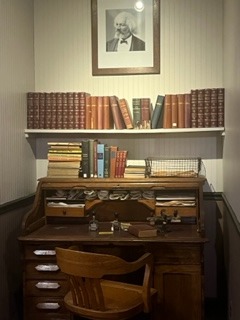
A nearly identical replica of Afro-American founder John Henry Murphy, Sr.’s office is on display at the Baltimore Museum of Industry. The AFRO is still family-owned and based in Baltimore.
Located in a former oyster cannery, this waterfront museum celebrates Charm City’s innovative spirit and honors the people and businesses that fueled Baltimore’s Industrial Revolution. Take the guided Forging Progress tour, which connects Baltimore’s civil rights and labor movements through thoughtful discussions of slavery, segregation, Jim Crow, lunch counter sit-ins and more. Highlights include a recreation of Afro-American newspaper founder John Henry Murphy, Sr.’s office and a feature on the Parks Sausage Company, the first publicly traded Black-owned business in America
Frederick Douglass-Isaac Myers Maritime Park Museum
A rich, interactive experience for families and history lovers of all ages, this national heritage site recounts the story of Frederick Douglass and his life as a young man in the shipyards in Baltimore and the Eastern Shore. The Frederick Douglass-Isaac Myers museum also celebrates the legacy of Isaac Myers, and the founding of the Chesapeake Marine Railway and Dry Dock Company, America’s first African American-owned shipyard.

Visit the Frederick Douglass-Isaac Myers Maritime Park in Fell’s Point.
B&O Railroad Museum
Discover the role the physical railroad played in the Underground Railroad network at the B&O Railroad Museum, which was declared an official Underground Railroad Network to Freedom Site by the National Park Service in 2021. The museum’s Mt. Clare Station aided at least eight Freedom Seekers in their journey, including Henry “Box” Brown and William and Ellen Craft. A 180-degree multimedia experience and accompanying recording of Henry “Box” Brown’s own song produced in collaboration with the Howard University Department of Music invites visitors to step into the footsteps of those brave travelers who relied on the B&O to carry them to freedom.
James E. Lewis Museum of Art
Situated on the campus of Morgan State University, the largest of Maryland’s Historically Black Colleges & Universities, the James E. Lewis Museum of Art houses an impressive collection of African American Art. Exhibitions have included works by African American quilters of Baltimore, abstract painter Alma Roberts, sculptor Chakaia Booker and artist Elizabeth Catlett, who concentrated on the Black female experience.
Lillie Carroll Jackson Civil Rights Museum
Dr. Lillie Carroll Jackson was a former Baltimore Chapter NAACP president and civil rights activist. Upon her death she bequeathed her four-story row home in Bolton Hill, where civil rights campaigns were often organized, as a museum about the battle against racial prejudice. Today the Lillie Carroll Jackson Civil Rights Museum houses six galleries filled with drawings, paintings, letters, photographs and historic documents related to the Civil Rights Movement.
Maryland Center for History and Culture
The Maryland Center for History and Culture contains more than 350,000 objects and seven million books and documents, including exhibits that tell the story of African American life in Baltimore. Among those are more than 7,000 photographs taken by Paul Henderson, a photojournalist who worked for the Baltimore Afro-American newspaper from 1929 to 1965. A new long-term exhibition, “Passion and Purpose: Voices of Maryland’s Civil Rights Activists,” invites visitors to listen to interviews and oral histories from the individuals who have contributed to the long and continuing fight for civil rights in Maryland and the nation, from the Mitchell family to those involved in the 2015 Baltimore Uprising.
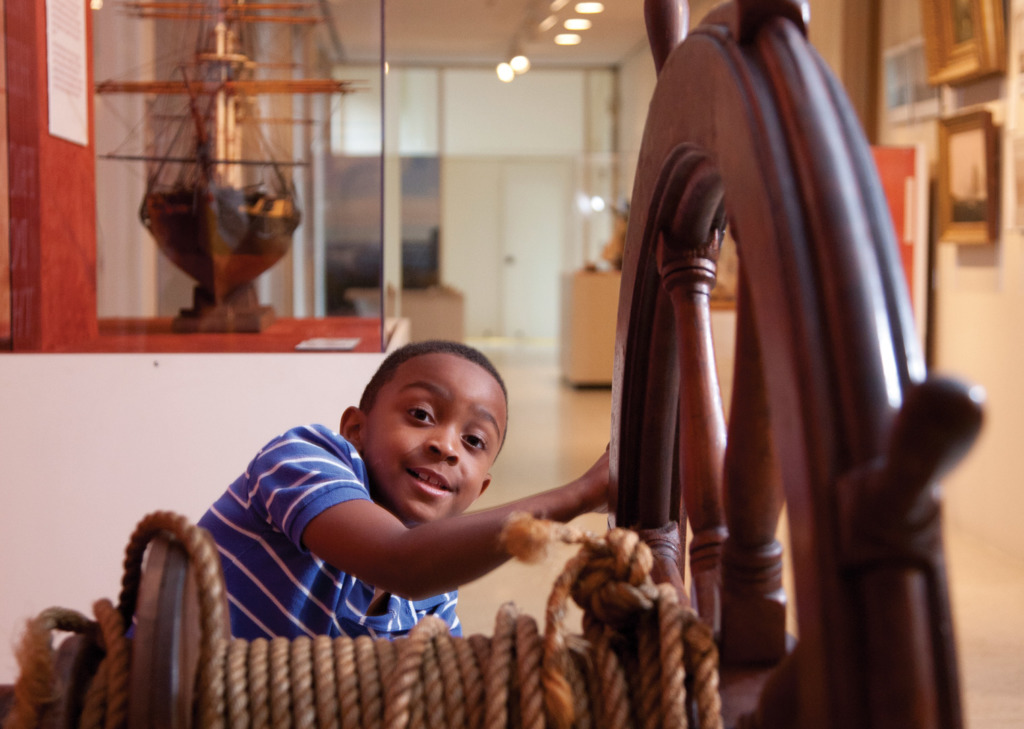
The Maryland Historical Society has interactive exhibits for all ages.
Morgan State University Student Center
In 1955—five years before the Greensboro, NC sit-ins—Morgan State students staged the country’s first successful lunch-counter sit-in when they refused to leave a Read’s Drugstore. Just a few days later, Read’s announced that all 39 of its Baltimore-area stores would desegregate. The historic counter, as well as educational signs detailing other ways that Morgan students contributed to the civil rights movement, is on display in the university’s student center, which is free and open to the public.
National Great Blacks In Wax Museum
In 1983, Drs. Elmer and Joanne Martin founded the National Great Blacks In Wax Museum in downtown Baltimore with four wax figures. Today, the museum’s 10,000-square-foot facilities features more than 100 life-like figures of civil rights leaders, cultural icons and scenes from history like the full-scale model of a slave ship.
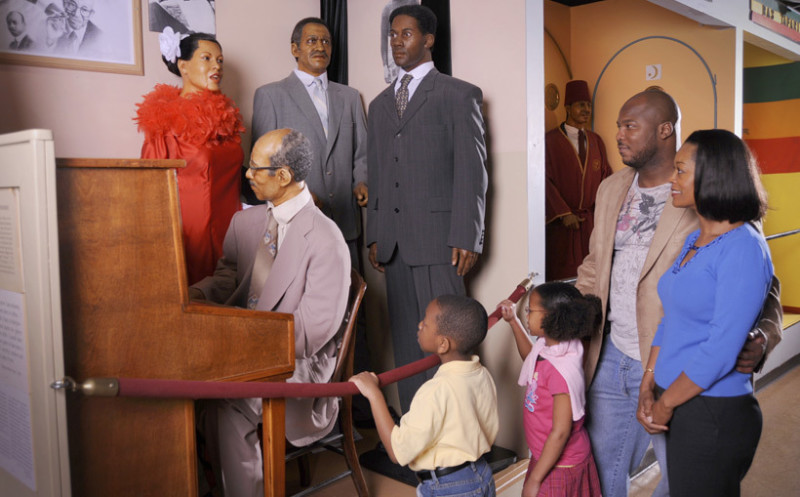
The exhibits in the National Great Blacks in Wax Museum share the story of African American history and culture with the help of over 150 life-sized wax figures.
Reginald F. Lewis Museum of Maryland African American History & Culture
Touted as the “authentic voice of African American history and culture,” this Smithsonian affiliate features over 13,000 square feet of permanent and temporary exhibition space holding about 10,000 objects. Past exhibitions at the Reginald F. Lewis Museum have included works by Jacob Lawrence, an installation on Black superheroes and a presentation on the depiction of African American women. The Lewis Museum also hosts discussions, film screenings and living history performances.
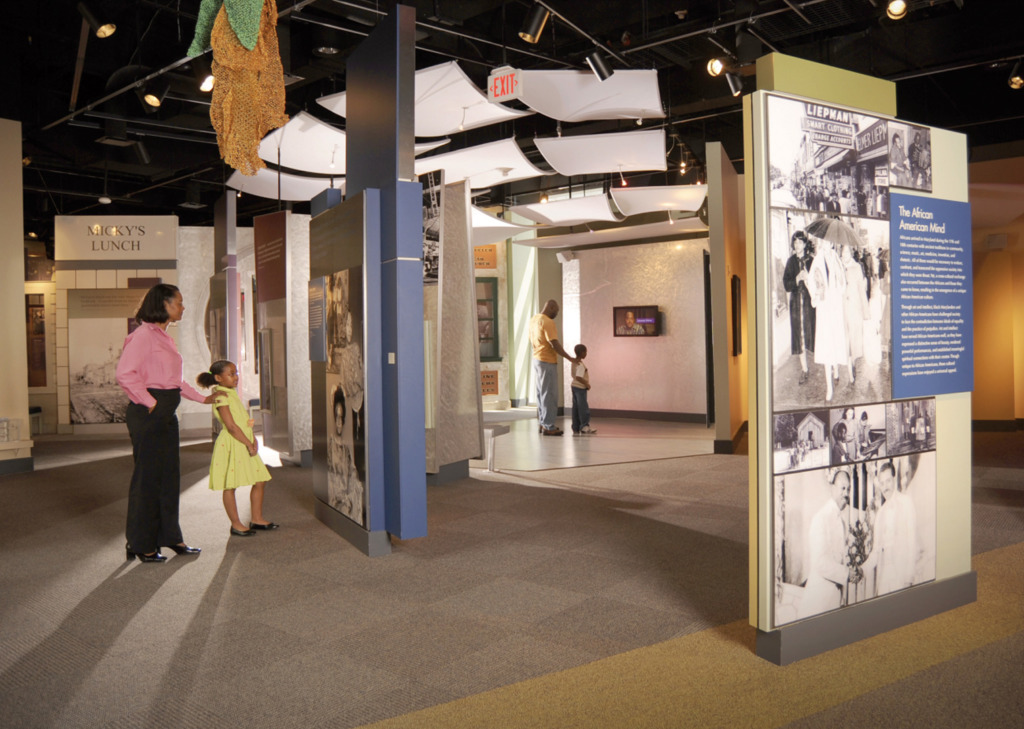
The Lewis Museum tells the story of African American Marylanders through objects dating from 1784 to the present day.
Sankofa Children's Museum
Sankofa Children’s Museum is the only children’s museum in America designed to introduce school-aged children to the traditions and cultural practices of Africa’s 54 nations. Ancient artifacts on display include beaded crowns, wooden carvings and dance masks.
